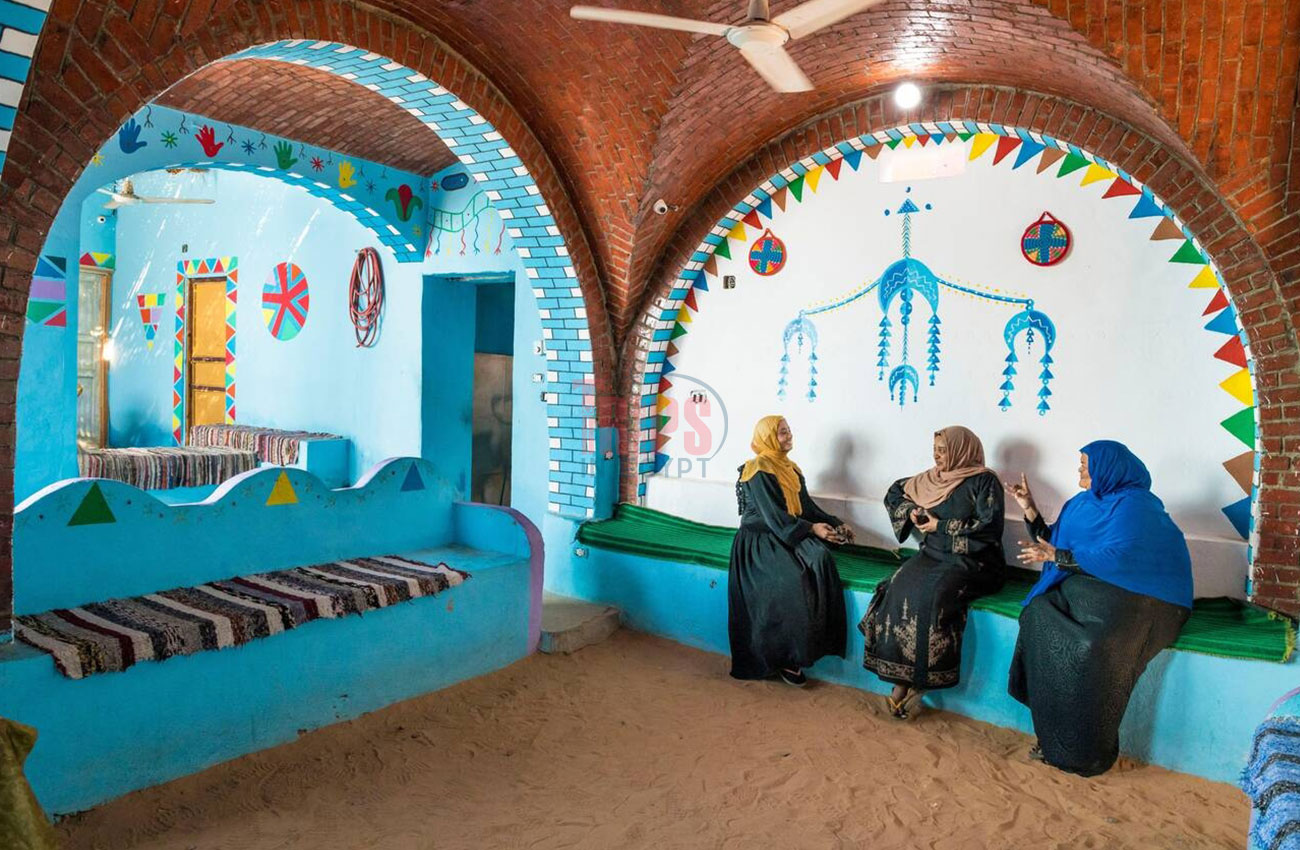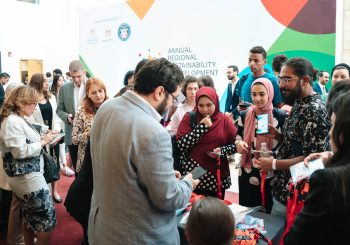The Nubian people, indigenous to southern Egypt and northern Sudan, have a unique heritage characterized by distinct languages, traditions, and a profound connection to the Nile River.
In 1960, the connection was disrupted when the Aswan High Dam was constructed, leading to the flooding of many Nubian settlements, submerging their villages, severing Nubians’ deep connection to their ancestral lands, and displacing tens of thousands.
The displacement forced Nubians into new environments, threatening their language and cultural practices.

The construction of the Aswan High Dam began in 1960 and was completed in 1970. However, the displacement of Nubian communities continued for several years afterward, resulting in long-lasting effects on their culture and language.
The legacy of this displacement has posed a significant threat to Nubian cultural identity, as younger generations struggle to connect with their heritage.
The forced relocation has led to a profound cultural erosion, as younger generations struggle to connect with their roots and traditions.
In response to this crisis, efforts to combat this cultural decline have gained momentum. One significant initiative is Koma Waidi, led by filmmaker Hafsa Amberkab, who has dedicated her work to reconnecting younger generations with their Nubian heritage.
Amberkab’s initiative, Koma Waidi, focuses on teaching Nubian youth about their heritage through workshops and film-making to foster a sense of pride and belonging.
Through her documentary projects and educational programs, she highlights the importance of language and storytelling in preserving cultural identity.
In addition to the efforts to promote Nubian culture and heritage to the broader Egyptian population—many of whom are unaware that this culture is an integral part of Egyptian society—Nubians, especially younger generations, face the challenge of “language duality.”
Due to their integration into Egyptian society, they primarily speak Egyptian colloquial Arabic as opposed to one of the Nubian languages and receive their education in standard Arabic, while using their mother tongue among themselves.
However, this reliance on Arabic for everyday communication has complicated the preservation of the Nubian language. Until recently, Nubian was primarily a spoken language, with limited written representation using Latin, English, or occasionally Arabic scripts. This lack of a standardized writing system has further hindered efforts to maintain and promote the different existing Nubian languages.
Fawzi Saleh, head of the Supreme Council of Nubian Organizations and Coordinator of the Nubian Affairs Committee, said that one of the primary issues for Nubian associations is the right of Nubians to return to their original villages. In addition to this, the associations have launched a project to revive ancient Nubian languages to ensure its continuity, especially among younger generations.
This linguistic revival is part of a broader effort to preserve and promote Nubian culture as a whole.
Supporting this cultural revival, Nasma Haddad, a visual artist who owns a shop selling Nubian products and crafts in downtown Cairo, expressed her passion for her Nubian heritage, stating, “I was born in Cairo and love my Nubian culture, so I seek to spread it among a larger number of Egyptians, especially in Cairo and the Delta, where most people know little about Nubian culture.”
Preserving Nubian Culture in Urban Egypt
Nubians are concentrated in certain neighborhoods in Cairo, including Bulaq, Dokki, Faisal, and Imbaba, but most of them are located in the Abdeen district in downtown Cairo.
Following the United Nations Educational, Scientific and Cultural Organization (UNESCO) led International Campaign to Save the Monuments of Nubia in the 1960s, which aimed to protect archaeological sites threatened by the dam, the Egyptian government has recognized the necessity of preserving Nubian culture. This has resulted in a growing awareness of the need to support living cultures, including the government’s efforts to preserve Nubian heritage and its cultural significance.
The Nubian Museum in Aswan, established in 1997, serves as a testament to this commitment. It showcases Nubian history and culture, providing a space for education and celebration of Nubian identity.
Moreover, the desire to fit in can overshadow the importance of cultural heritage, as parents may fear that teaching their children Nubian languages could lead to social ostracism.
The government has made strides to address these issues, particularly through constitutional recognition of Nubian rights. In addition to this recognition, the government has initiated programs aimed at cultural preservation and economic development in Nubian regions.
However, despite these efforts, the implementation of these constitutional rights has faced significant challenges, including insufficient funding and bureaucratic obstacles.
These developments highlight the complexities surrounding the constitutional provisions for Nubians which leads us to examine the specific articles within the constitution that pertain to their rights and the ongoing efforts to realize these commitments.
Article 236 of Egypt’s 2014 Constitution states that Nubians, along with residents of other marginalized regions, have the right to return to their ancestral lands. However, the implementation of this article remains inconsistent, as recent decrees have declared many Nubian lands as military zones, which complicates efforts for repatriation and development.
While significant progress has been made in raising awareness and providing resources, the journey is ongoing. The Nubian people continue to navigate the complexities of modernity while striving to maintain their rich cultural heritage.







Comments (0)